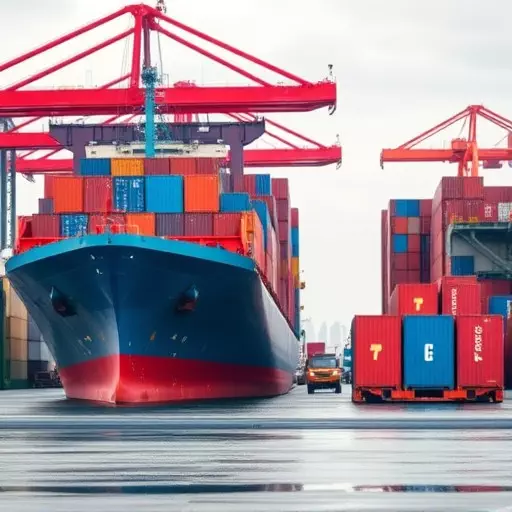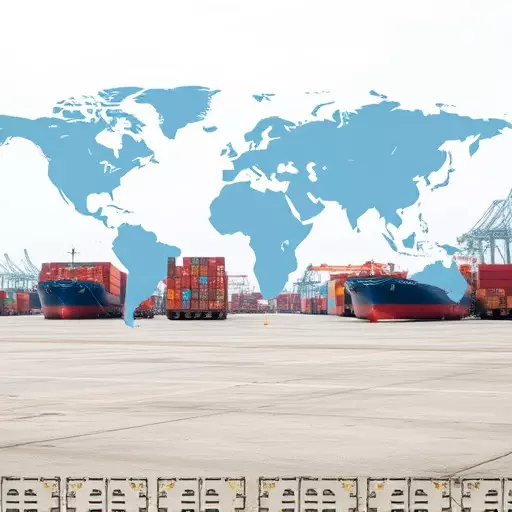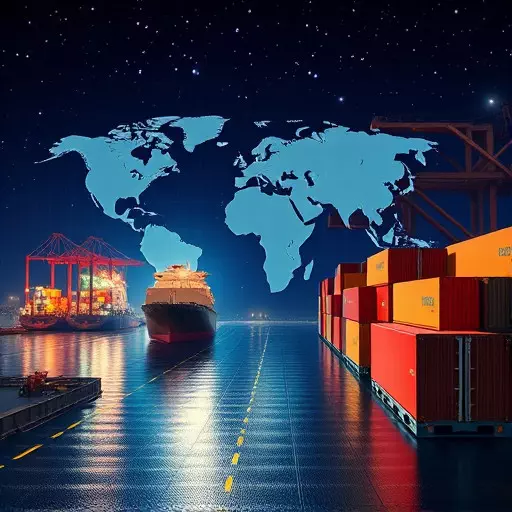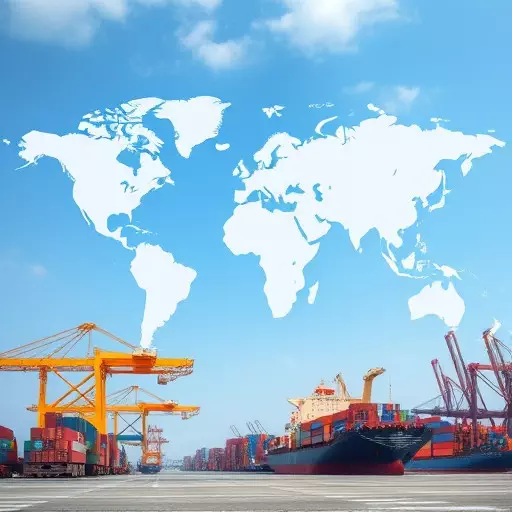The International Standard for Phytosanitary Measures No. 15 (ISPM 15) governs global shipping, focusing on wooden materials and plants to safeguard plant health. Compliance is vital for preventing pest spread, ensuring safe international trade, and building trust among customs globally. Understanding ISPM 15 is key for businesses in Holland, Ohio, aiming to streamline international operations and avoid regulatory challenges.
“In today’s globalized world, ensuring compliance with international shipping standards is paramount. The International Standard for Phytosanitary Measures (ISPM 15) sets crucial guidelines for protecting plant health during transportation. This article explores the intricate landscape of global shipping regulations, focusing on Ohio as a case study. We’ll navigate the challenges and opportunities, providing practical steps to achieve ISPM 15 compliance, ensuring your shipments sail smoothly through international waters.”
- Understanding ISPM 15: An Overview of International Shipping Standards
- Navigating Global Shipping Regulations: Holland, Ohio, and Beyond
- Achieving Compliance: Practical Steps for Successful ISPM 15 Implementation
Understanding ISPM 15: An Overview of International Shipping Standards

ISPM 15, or the International Standard for Phytosanitary Measures No. 15, is a set of global shipping regulations designed to protect international trade while safeguarding plant health. This standard outlines specific requirements for packaging and labeling of wooden materials and products being shipped across borders, including those from Holland, Ohio, and other regions worldwide. Compliance with ISPM 15 is crucial for ensuring the safe transit of goods without introducing harmful pests or diseases to new environments.
The regulations cover a wide range of items, such as wood packaging material (WPM), live plants, plant products, and even certain processed goods packaged in wooden containers. To meet ISPM 15 compliance, manufacturers, exporters, and shippers must follow strict protocols for treatment, heat conditioning, and certification to mitigate the risk of pest contamination. Adherence to these international shipping standards is not only a legal requirement but also fosters trust and facilitates smoother customs clearance processes globally.
Navigating Global Shipping Regulations: Holland, Ohio, and Beyond

Achieving Compliance: Practical Steps for Successful ISPM 15 Implementation



